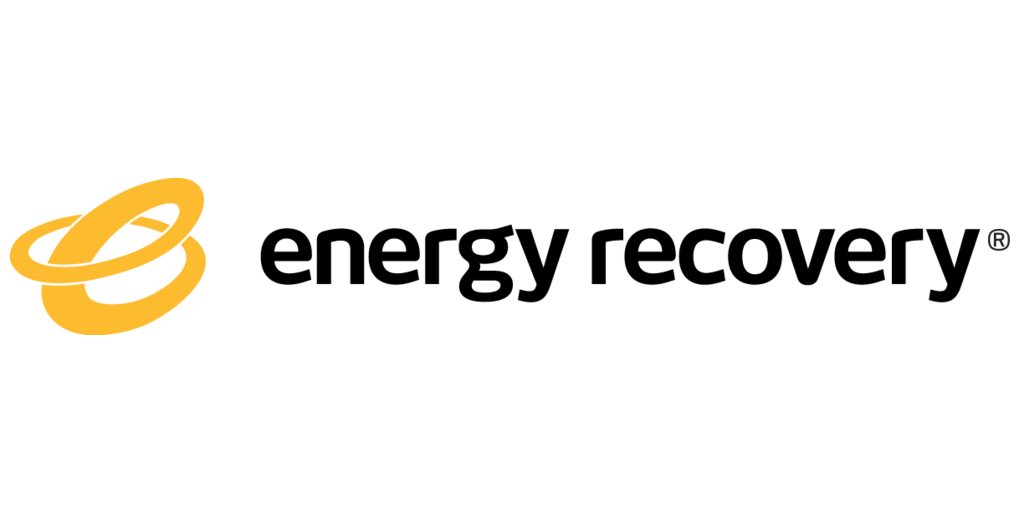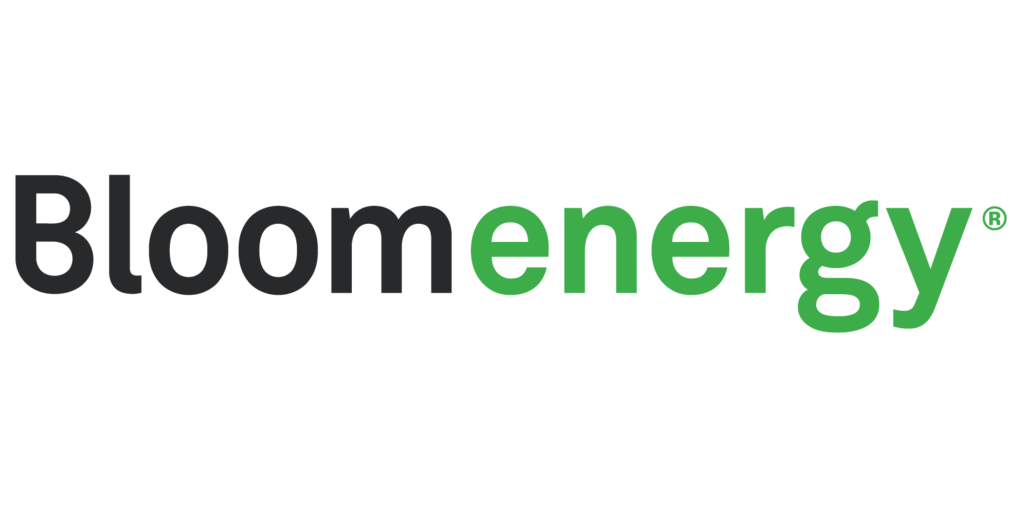Both miners have reported solid results in their half year announcements, with Anglo increasing production by 11 per cent.
Anglo chief executive Duncan Wanblad said the increase in production could be attributed to the ramp-up of the company’s Quellaveco copper mine in Peru.
“(Quellaveco) has now reached commercial production levels,” Wanblad said. “We also delivered a strong performance at our Minas-Rio iron ore operation in Brazil, as well as higher production from our open cut operations in steelmaking coal in Australia.
“These were offset by temporary lower production from De Beers’ Venetia mine, as it transitions from open pit to underground, as well as the impact of lower copper throughput and grades in Chile.
“Our focus remains resolutely on safely achieving our full year production guidance through the seasonally stronger second half of the year.
“The recent changes to our executive leadership team, coupled with re-organising how we manage our production businesses and the functional expertise that supports them, better positions us to drive safe and consistent operational performance and strategic delivery over the longer term.”
During the last quarter, De Beers and the Government of Botswana reached a 10-year sales agreement for Debswana rough diamond production, along with a 25-year extension for the Debswana mining licence.
For Glencore, a key highlight was keeping its copper, coal and zinc asset performance in line with expectations.
“We are pleased to report a solid first-half production performance from our underlying base business,” Glencore chief executive officer Gary Nagle said.
“Our full year production guidance remains unchanged from earlier guidance. Second half volume weightings in copper, zinc and nickel reflect higher expected production volumes from Collahuasi, Kazzinc, Mount Isa and INO.”
Glencore reported coal production of 54.2 million tonnes, in line with the first half of 2022. The full year production guidance for the company remains unchanged.




